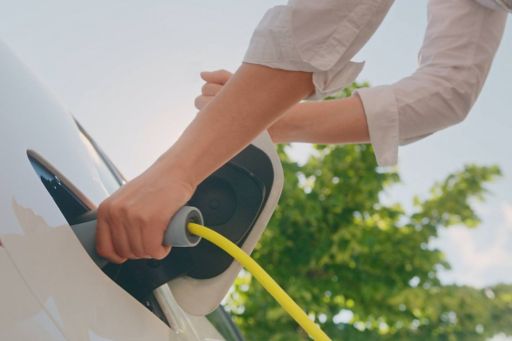While price shocks and supply uncertainty currently dominate the national conversation, this 21st century energy crisis represents another step change opportunity for the world, and in particular for Ireland writes Colm O’Neill, Head of Energy, Utilities & Telecoms, KPMG.
The first documented energy crisis unfolded in the late 16th century when industrialised regions in Europe literally ran out of trees to burn. This caused enormous political and social upheaval but also generated tremendous opportunities for countries with the natural resources and ingenuity to capitalise on the transition. It was the start of the Industrial Revolution.
Ireland’s green energy advantage
Ireland has everything required to become a global green energy powerhouse. Our position on the northwest corner of Europe offers some of the best available offshore wind resources, while the strength of our skill base and our strong collaborative research community mean that we also have the ingenuity to capitalise on it.
Ireland has offshore wind generation capacity that is multiples of what we will require for domestic power, so the potential is clear. If we act quickly and with purpose, Ireland could not only achieve energy independence, but could become a hub for energy intensive industries and a net exporter of energy.
But ours is not the only country in Europe with this potential. Scotland is already ahead of us and is investing heavily in its offshore wind resource, as is Portugal which also has the additional benefit of significant solar capacity.
Time to act
Although the benefits are long term, decisive action is required now if Ireland is to grasp the opportunity. There is capital available to deploy on energy transition assets and it will flow to where it can be deployed easily. Unfortunately, as evidenced by recent exits from the market, Ireland has some challenges in this regard. Change is needed in three important areas; planning, regulation and gas infrastructure.
The energy transition will require spending billions of euro on the construction of energy infrastructure on a scale never before seen in this State. However, despite An Bord Pleanála having a statutory timeframe to decide applications for wind energy projects in 18 weeks, the average time for a decision is over a year and some projects have waited more than two years. This slow pace puts Ireland on the back foot when it comes to competing for international investment. The current review of the planning system in Ireland urgently needs to address this critical area.
Regulatory change required
Commission for Regulation of Utilities (CRU) was established in 1999 to support the liberalisation of energy markets in Ireland as part of Europe’s first liberalisation directives. Implementing this was a challenging task: while there has been active customer participation and switching at retail level there has been less investment in new thermal generation capacity. The CRU’s mandate has expanded over time to include other utilities and energy safety and the CRU now plays a central role in Ireland’s energy transition.
To reflect the scale and importance of this mandate, the CRU needs investment in resources, a review of governance structures and changes to the agency’s statutory mandate. These changes are vital if the regulator is to support Ireland’s development as a major European energy powerhouse, with this objective at the centre of their strategic agenda.
Gas reliance to continue for some time
Ironically, transitioning to a modern, low carbon energy system requires lots of energy. And for many years to come the generation of that energy will rely heavily on natural gas. Despite the undoubted potential of an array of ‘green gases’ from biomethane to hydrogen, the reality is that natural gas will need to be part of our energy system for decades to come. Energy policy must recognise this.
We currently import around 75% of our natural gas demand through a pipeline from the UK. Any realistic strategy for energy independence must have a plan for reliable sourcing of natural gas while at the same time promoting investment in developing ‘green gases’.
This includes building facilities to import liquified natural gas (LNG) and developing storage for natural gas locally. This can be done while also supporting exciting developments in hydrogen and biomethane that are already happening across Ireland. Gas of all types will be central to our energy system. We need a plan and investment that delivers security in both the short and the long term.
We need to be pragmatic
The actions outlined above are very straight forward, but far from easy. Progress is often sacrificed to idealism and dogma. Perfection is the enemy of progress. We need to be pragmatic; we need to take calculated risks and we need to accept that we may take action that may not deliver the perfect outcome immediately but will help us bridge to a greener energy future.
The benefits of acting now will be reaped in the decades to come, not the immediate months or years. This is a time for bold visionary decisions on the part of both investors and government. These are multi-generational initiatives that need to be actioned today. The unfolding climate catastrophe won’t wait. The window of opportunity for Ireland to become a global energy transformation hub will close. To quote the Chinese proverb, “The best time to plant a tree is 20 years ago, the second best is now.”
Get in touch
Our Energy, Utilities & Telecoms practice works as an integral part of KPMG’s global technology group, helping clients take advantage of opportunities, manage risk and create value. We’d be delighted to work with you to help achieve a more profitable, efficient and focused business.
To find out more please contact Colm O'Neill. We look forward to hearing from you.

